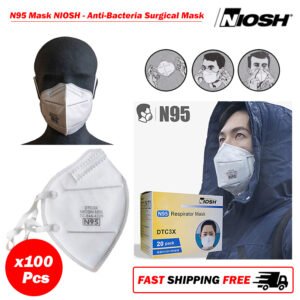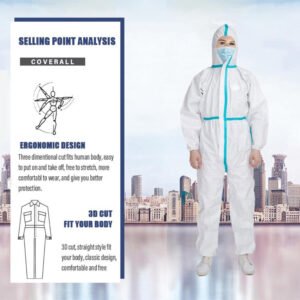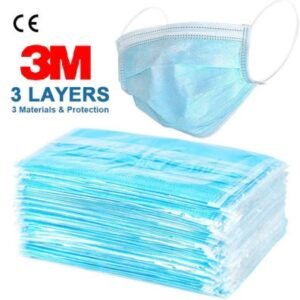Personal Protective Equipments (PPE) Amid the Widespread of COVID-19 Pandemic
Personal Protective Equipment (PPE) is a special equipment used as an infection control and prevention measure against different medical crises, such as the deadly coronavirus COVID-19.
PPE represents a barrier between the wearer and the germs. It reduces the chance of touching, spreading and being exposed to germs.
During times of pandemics, such as the one we are currently living, PPE plays a vital role in restricting the dispersion of the disease and protecting people, hospital staff, patients and their visitors.
In fact, some countries consider not wearing a face mask in crowded areas as a threat to public health.
One of the most famous PPE and the prime security layer that people are frequently using to protect themselves are the face masks, which help to reduce the transmission of COVID-19 from an infected wearer to an uninfected person and vice versa.
A recently released study examined the respiratory droplets and aerosol transmission of coronaviruses and investigated the degree to which surgical masks prevented transmission.
The study looked at more than 100 coronavirus-infected patients and measured the presence of the virus in both droplet and aerosol form. The findings were significant. When the patients were not wearing a face mask, 30 percent had coronavirus present in their exhaled droplets, and 40 percent had droplets present in their exhaled aerosols. When patients were wearing face masks, no virus was detected in their exhalations, adding to the body of evidence that surgical face masks are an important means of preventing the spread of COVID-19.
The implications of these results support recently updated recommendations that both COVID-19-infected patients and hospital personnel should wear face masks in hospital settings.
Another PPE type is surgical gowns or suits, which are worn as a barrier to fluid and microbial transmission during surgeries. They have long sleeves with elastic cuffs and they maintain the sterile barrier between the surgical field and the surgeon’s clothes or exposed arms. They are made of either impermeable material or a water-resistant, tightly woven fabric, and have been shown to decrease bacterial counts in the operating room. The effect of contamination via this route, as reflected in the development of surgical site infection, is not known. Sterile surgical gowns are generally not necessary for most dermatologic procedures, but may be considered as protective gear for liposuction or other procedures with expected exposure to body fluids.
Also instant hand sanitizers are gaining more recognition lately as an effective protection measure. Hand sanitizers were developed for use after washing hands or for those times when soap and water are not available. They are gels that contain alcohol in order to kill the germs present on the skin. The alcohol works immediately and effectively in order to kill bacteria and most viruses.
Today, we have a variety of options and precaution methods that are effectively helping to decrease the effect of the pandemic.
PPE are taking the front lines in this battle against the novel coronavirus. Personal Protective Equipment are easy to use, widely accessible and, most importantly, highly helping to eliminate infection risks.
Reference:
Surgical equipments
[launchpad_feedback]



